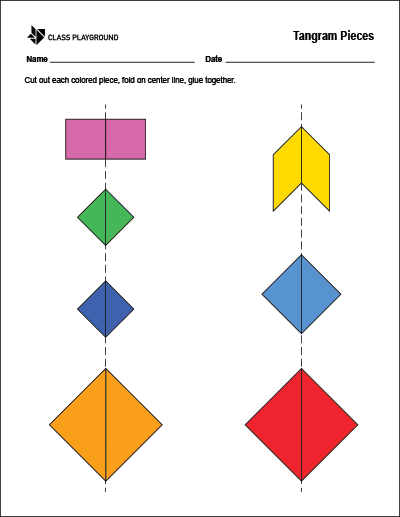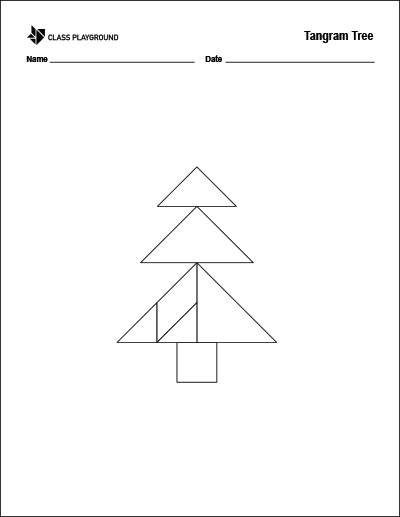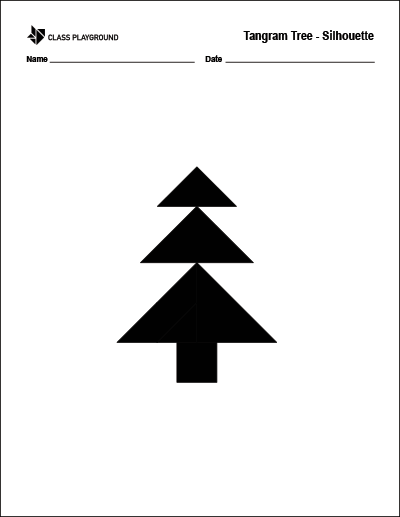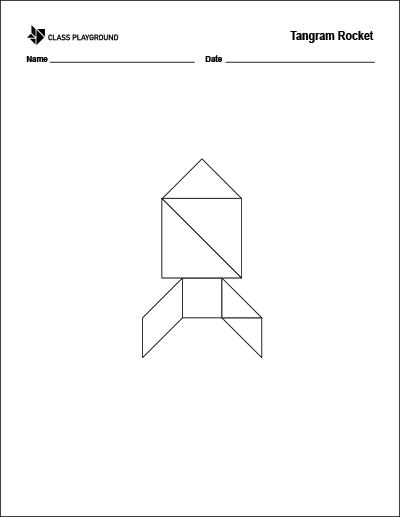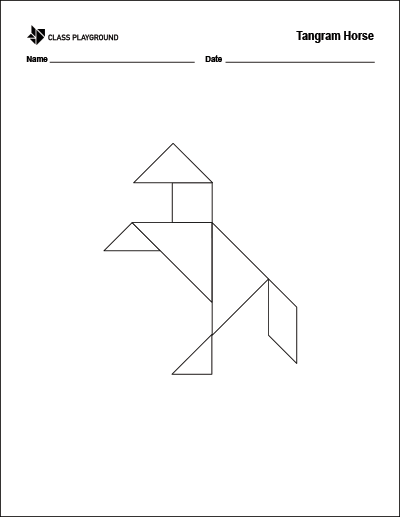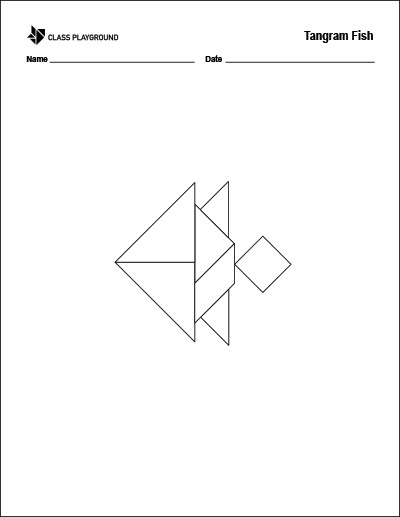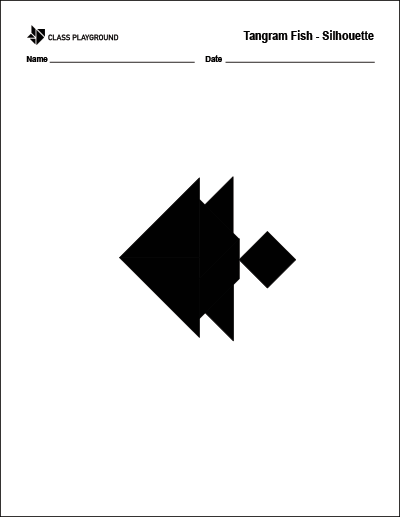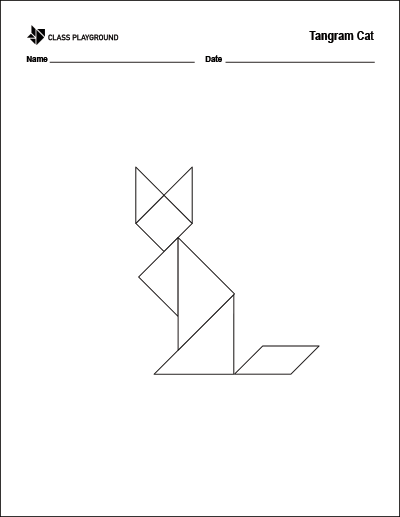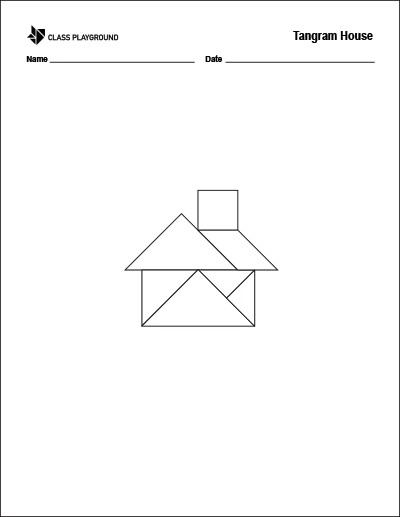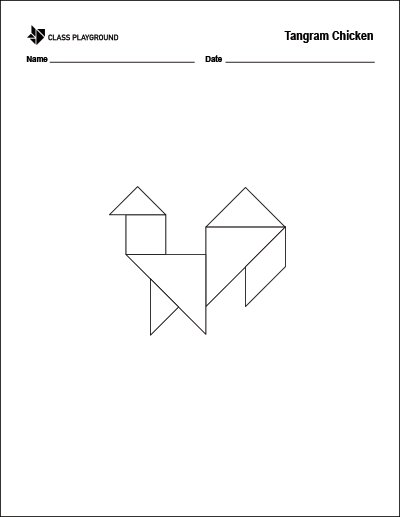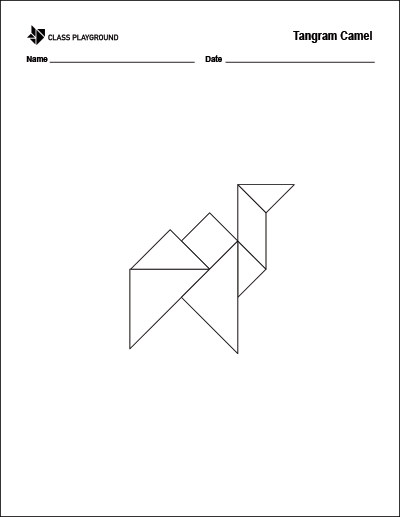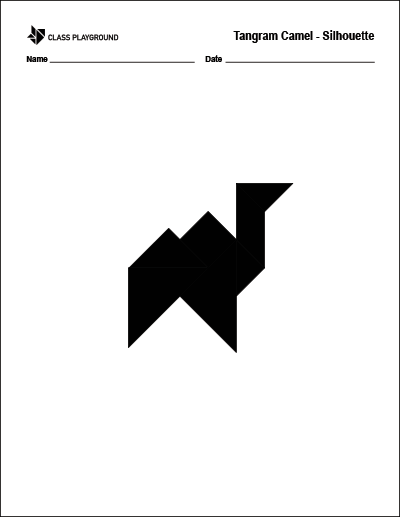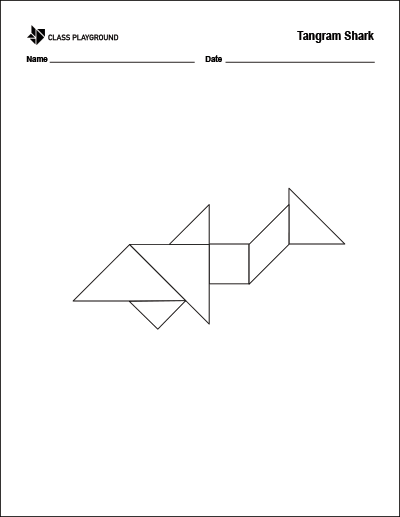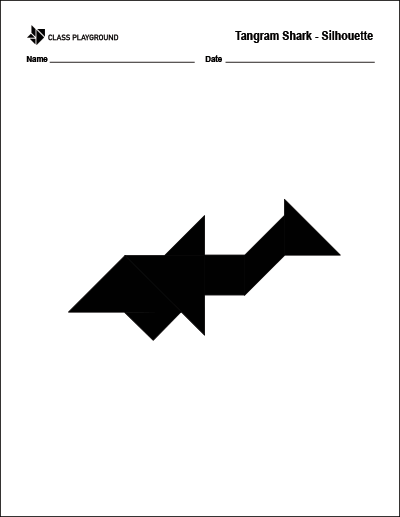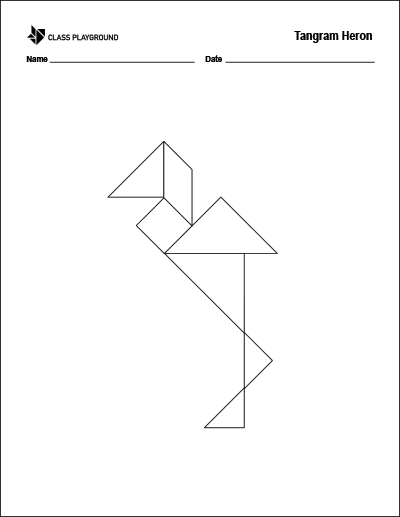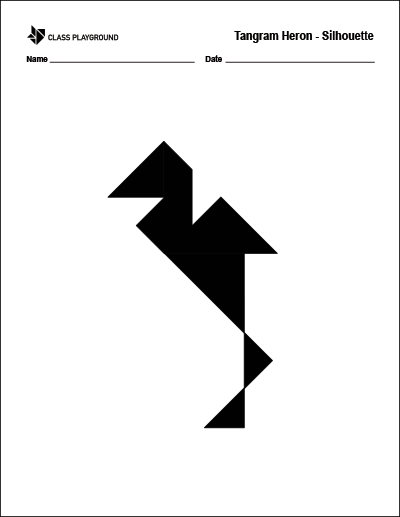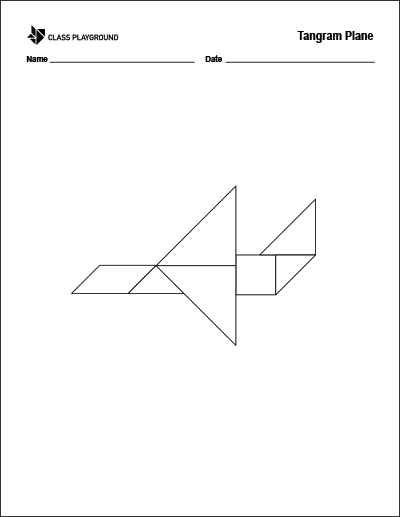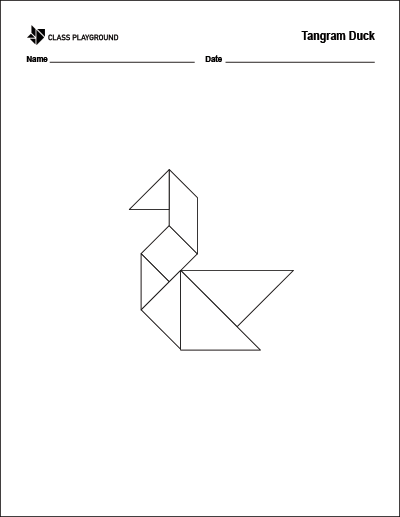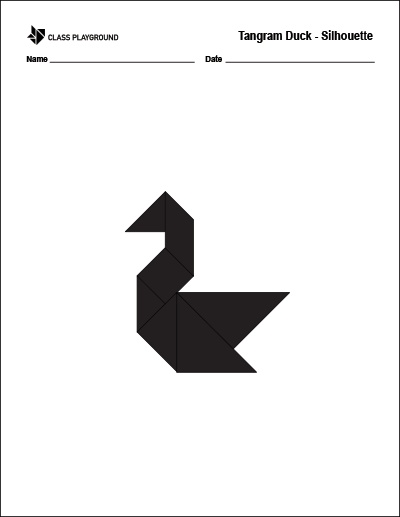What are Tangrams?
A tangram is a traditional Chinese puzzle consisting of seven geometric shapes, also known as ‘tans’. These include one parallelogram, one square, and five triangles of varying sizes. All seven pieces can fit together perfectly to form a larger square or other shapes. Tangram puzzles challenge students to rotate, flip, and arrange these pieces to create figures or solve silhouettes.
Why Use Tangrams in the Classroom?
Tangrams foster spatial reasoning and problem-solving skills as students experiment with how pieces fit together. They can be used to teach fractions, symmetry, congruence, and other geometry concepts in an engaging way. Tangrams also encourage creativity—students can design their own pictures or solve provided puzzles.
Strategies for Using Tangrams
- Modeling: Demonstrate how to manipulate the pieces, showing flips, rotations, and combinations.
- Progressive Difficulty: Start with simpler puzzles before moving to complex designs that require all seven pieces.
- Collaborative Learning: Have students work in pairs or groups to solve tangram puzzles, encouraging discussion and teamwork.
- Cross-Curricular Connections: Use tangrams for math, art, and even storytelling activities.
- Reflection: After activities, ask students to share strategies, successes, and challenges.
Activities
- Shape Exploration: Have students identify each tan and discuss properties such as sides, angles, and symmetry.
- Tangram Challenges: Provide silhouettes for students to replicate, starting simple and increasing difficulty.
- Create Your Own Design: Let students design a figure and challenge classmates to recreate it.
- Storytelling with Tangrams: Students build characters or props with tangrams, then write stories featuring them.
- Fraction Practice: Show how each piece represents a fraction of the whole square to make abstract ideas concrete.
- Symmetry Investigation: Challenge students to create tangram figures with one or two lines of symmetry.
Teachers can also use Tangram printables for hands-on practice that supports classroom instruction.
Conclusion
Whether you use printable sets or interactive versions like the Tangram virtual manipulative, these classic puzzles provide an engaging way to build geometry skills, problem-solving, and creativity. They are versatile tools that make math concepts tangible and fun for students.

